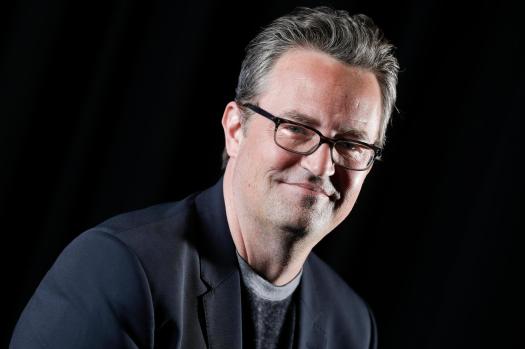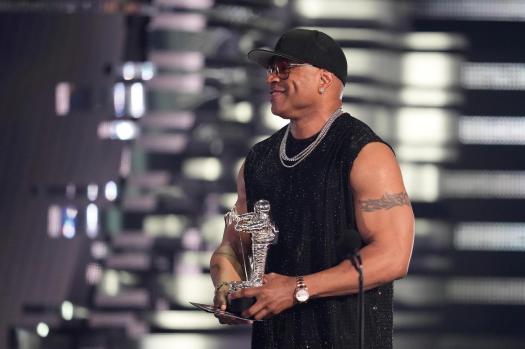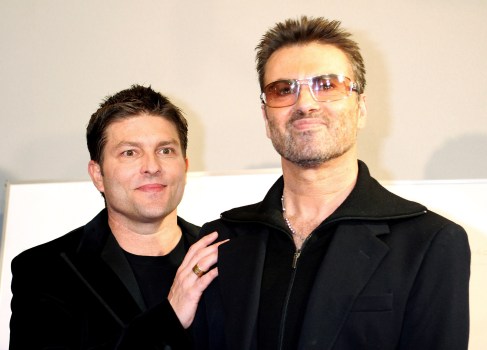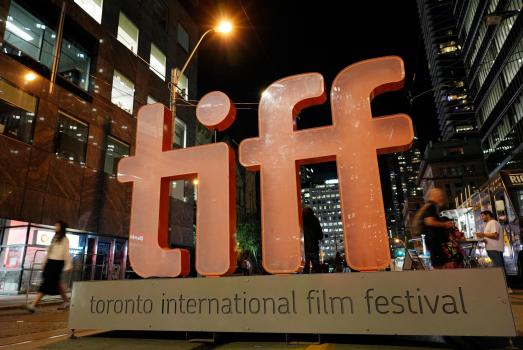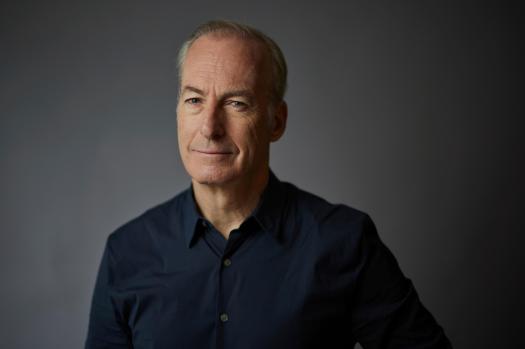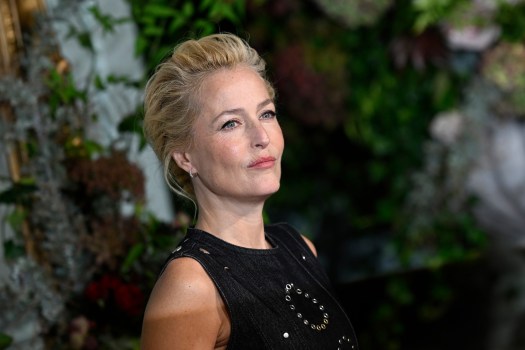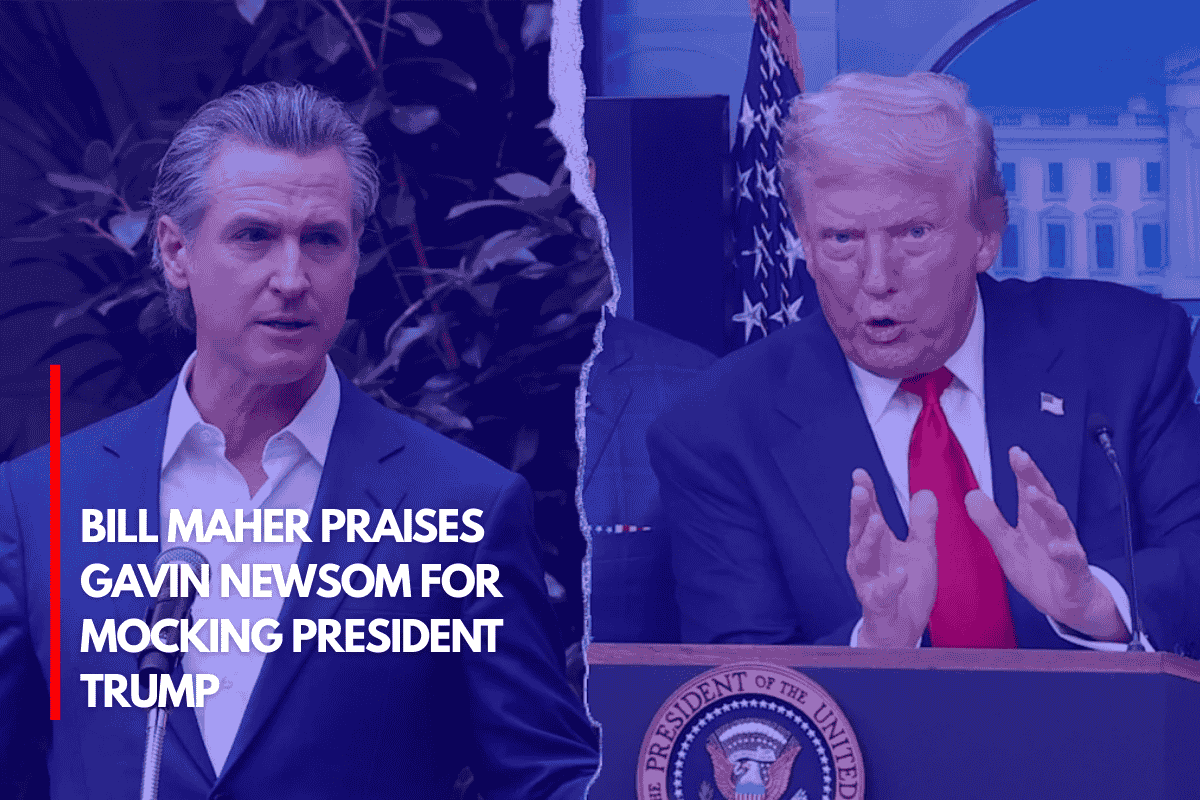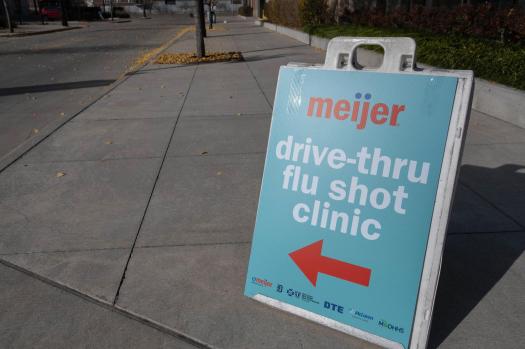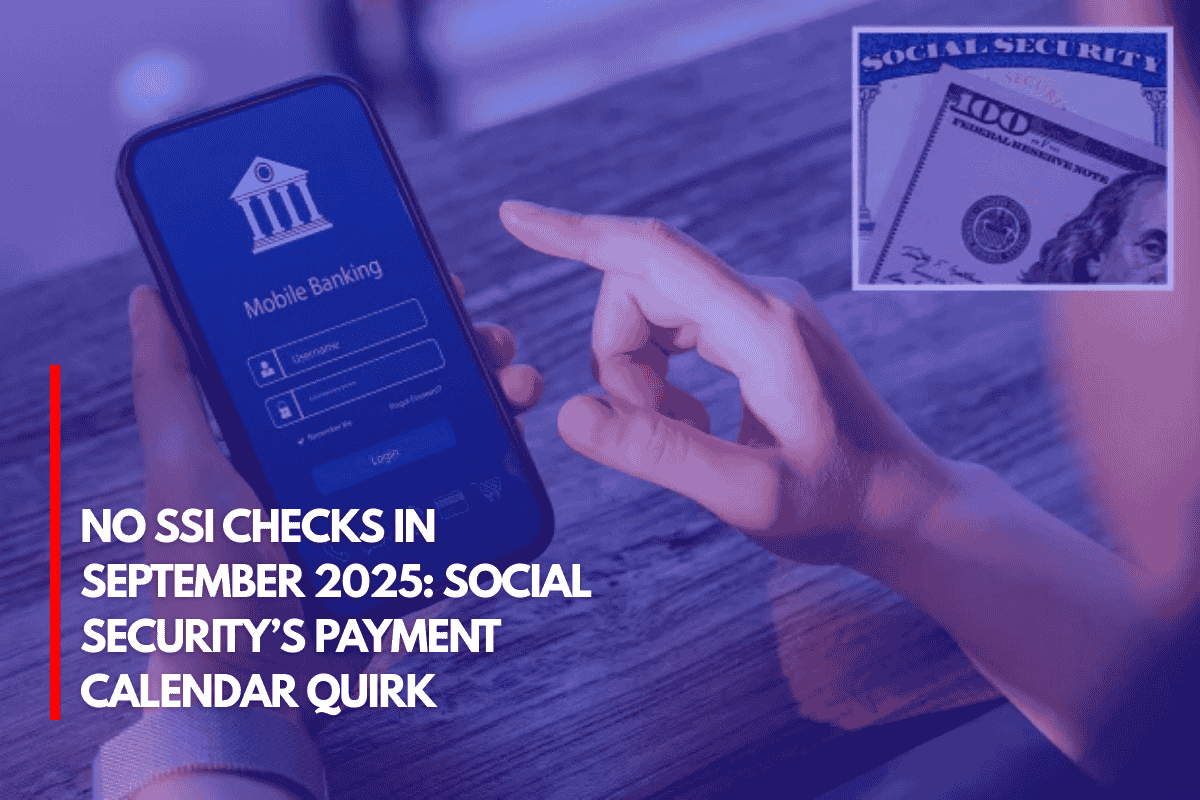Written by Danica Kirka
London (AP) The final departure of the Royal Train from the station is imminent.
Related Articles
-
Charlize Theron, Rosie O Donnell and more slam $50M Bezos wedding
-
How a famous Lauren Sanchez friend ditched worst people wedding
-
Dear Abby: In-laws name game is hurtful to son s wife
-
Photos: A celebration for the Dalai Lama s 90th birthday
-
Disney cruise ship rescue team saves girl and father after overboard fall
According to Buckingham Palace on Monday, King Charles III has decided it is time to decommission the train, which has a history dating back to Queen Victoria, because it is too expensive to run and would have required a major upgrade for more modern rail systems.
James Chalmers, the palace administrator in charge of the king’s financial affairs, stated that we must not let the past limit us as we move forward. As we strive to be methodical and forward-thinking in our financial allocation, the moment has come to say goodbye with the utmost fondness, just as so many aspects of the royal household’s work have evolved and changed to reflect the modern world.
Before the present maintenance contract expires in 2027, the train—which is actually a suite of nine railcars that can be coupled to commercial locomotives—will be deactivated. That will end a practice that began in 1869 when Queen Victoria ordered two customized coaches to make her journeys easier.
The announcement was made at the palace’s yearly press briefing on royal finances.
In the 12 months through March 2026, the royal family will get 86.3 million pounds ($118 million) in public financing for the fourth year in a row. Of this amount, 34.5 million pounds will go towards renovating Buckingham Palace.
This funding comes from a system called the Sovereign Grant, which reserves 12% of the Crown Estate’s net income for the king’s and other royal family members’ official responsibilities.
During his reign, the monarch owns a collection of properties known as the Crown Estate. The king is unable to dispose of the assets, and the properties are professionally managed.
One of the several remnants of Britain’s feudal past is the Crown Estate. In 1760, King George III, who governed throughout the American Revolution, gave Parliament control of the crown lands in exchange for a set sum from the Treasury.
The public continues to dispute the royal finances, with Charles promising to reduce expenses and streamline the monarchy in an effort to preserve the institution.
Buckingham Palace was quick to note that inflation has reduced the value of the Sovereign Grant, even though it hasn’t altered in the last four years. According to the palace, the grant would have been roughly 106 million pounds this year if it had grown in accordance with inflation.
21.5 million pounds ($29.5 million) in income from properties outside the Crown Estate was added to the basic grant. Due to a record-breaking year for visitors to Buckingham Palace and exclusive tours of the recently refurbished East Wing, this revenue rose by 1.7 million pounds.
“Funding for the royals is relatively small when compared to the overall cost of the British state and it provides tangible benefits for the country,” said Craig Prescott, a constitutional law specialist at Royal Holloway, University of London, who specializes in the political role of the monarchy.
“It’s something that puts Britain on the world stage in a way that few other things do,” he said, adding that the coronation of Queen Elizabeth II was shown globally and that the funeral was the largest gathering of world leaders in history. It’s among the things that come to mind when someone thinks of Britain.
Charles made his first trip as the organization’s head to Australia over the last year and went to the Commonwealth Heads of Government Meeting in Samoa. In addition, the royal family hosted the leaders of Qatar and Japan during their official visits to the United Kingdom and took center stage for the 80th anniversaries of D-Day and V-E Day, which signaled the end of World War II in Europe.
The royal family appeared in public 1,900 times both in the UK and abroad. The royal palaces hosted 828 events with almost 93,000 attendees.

